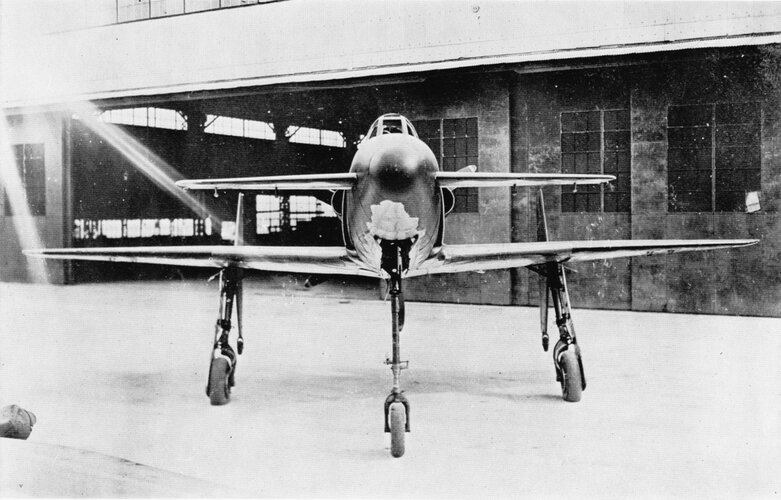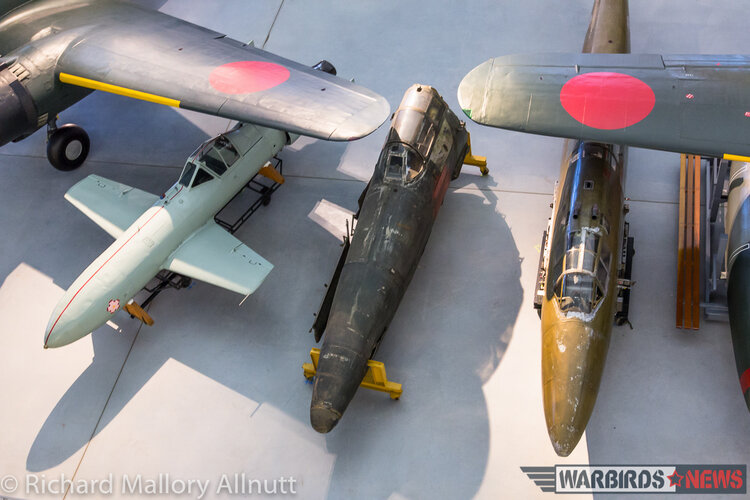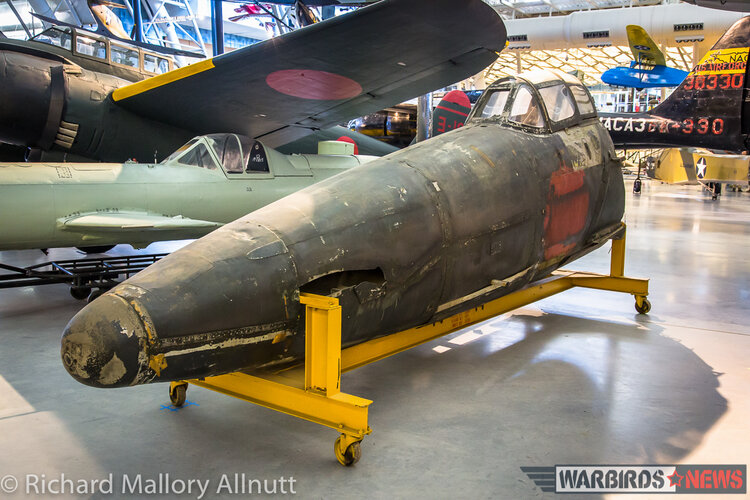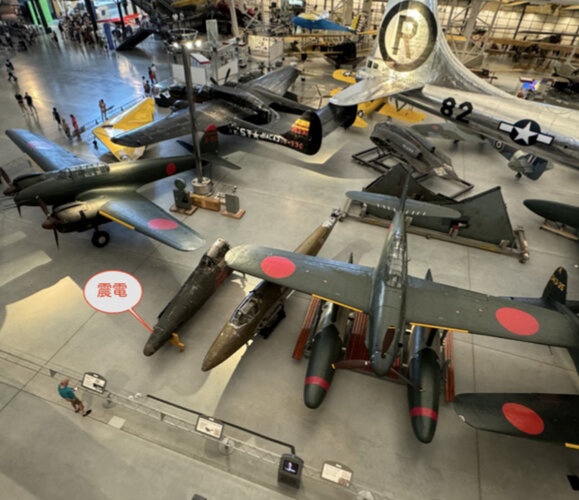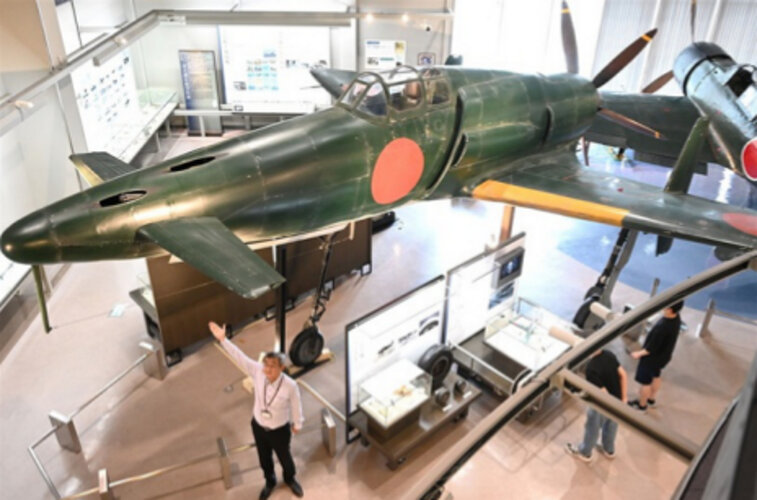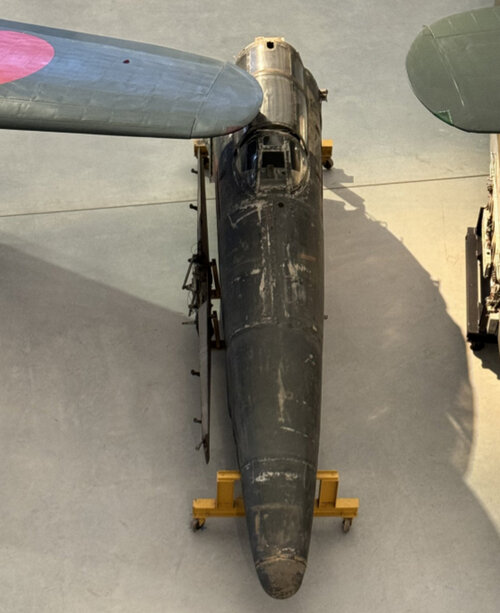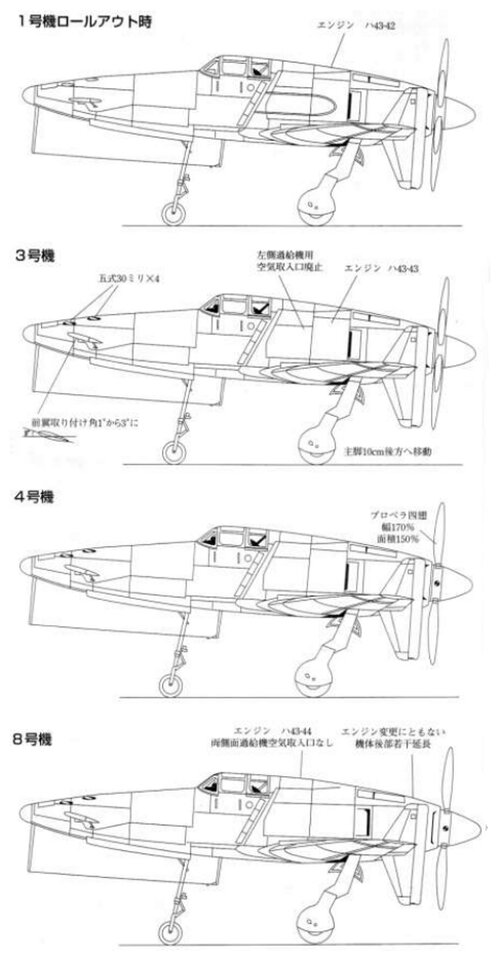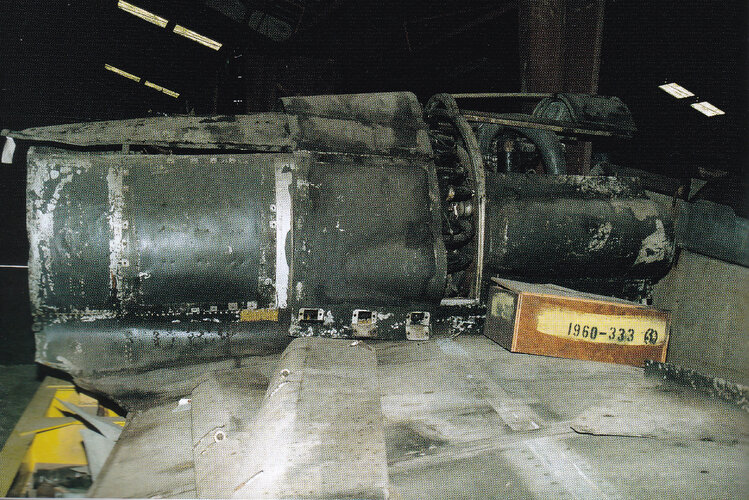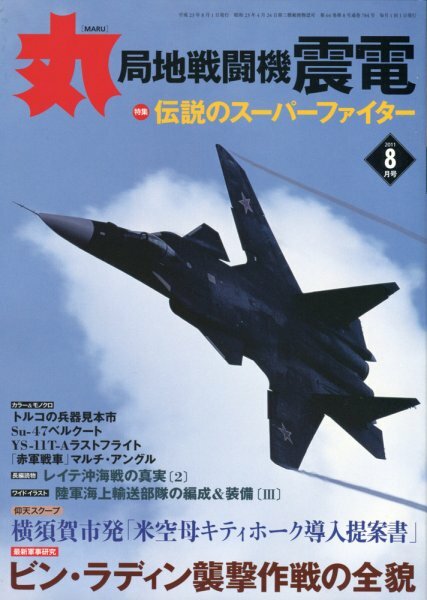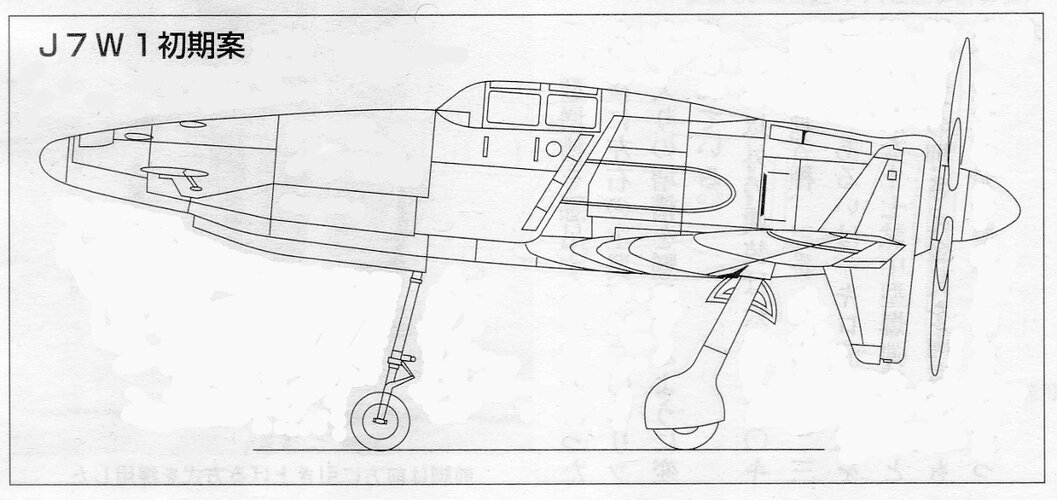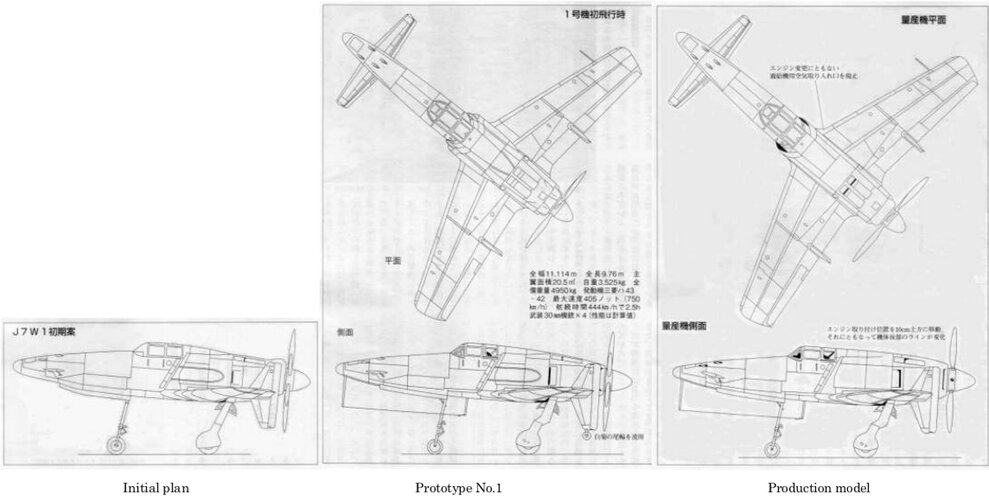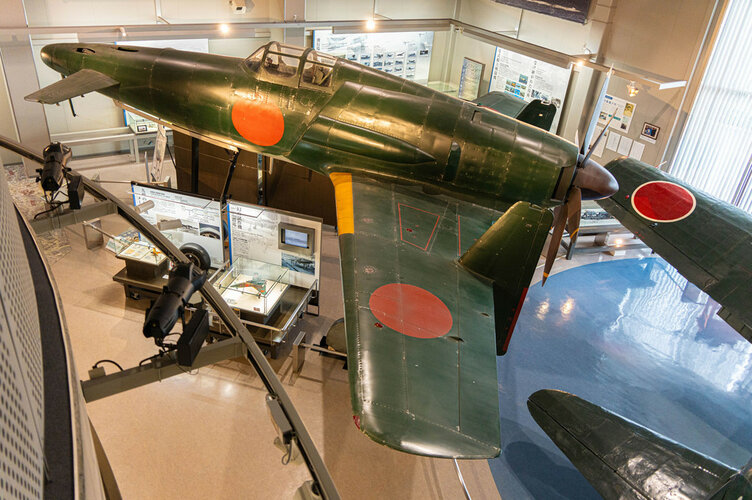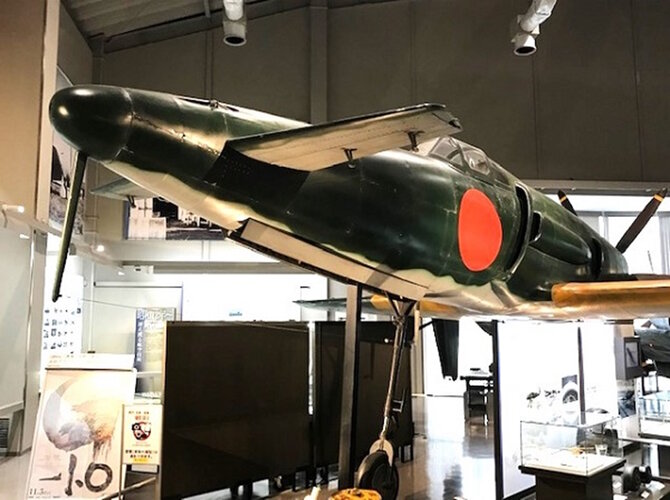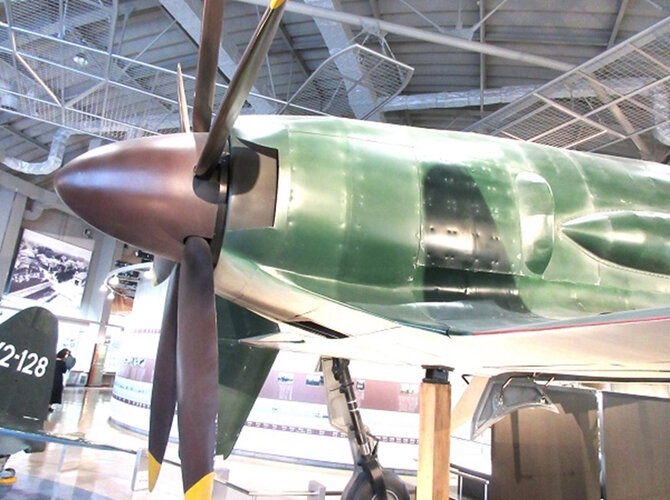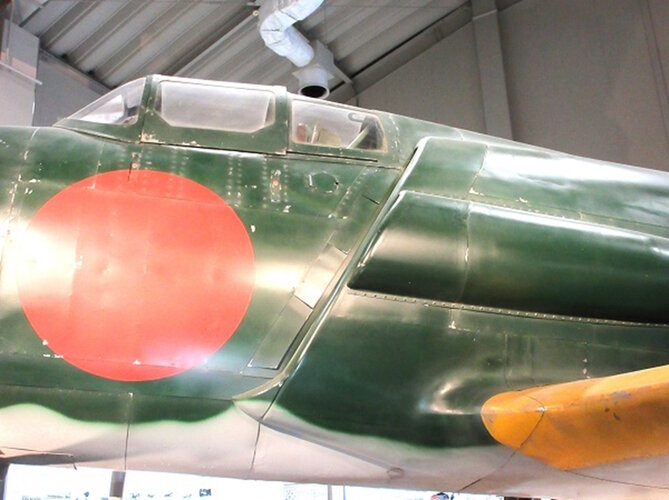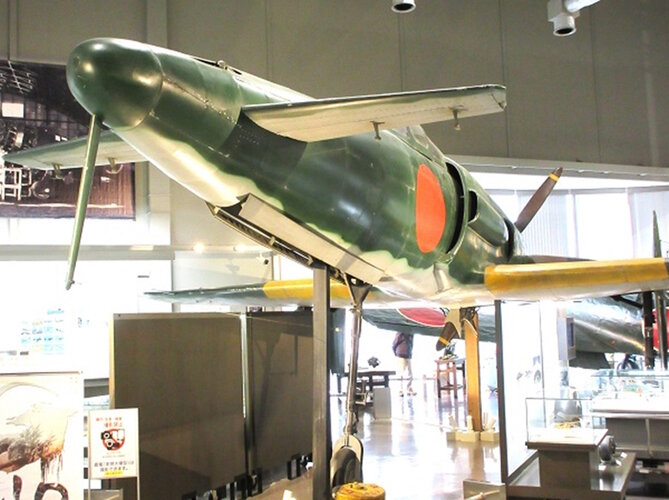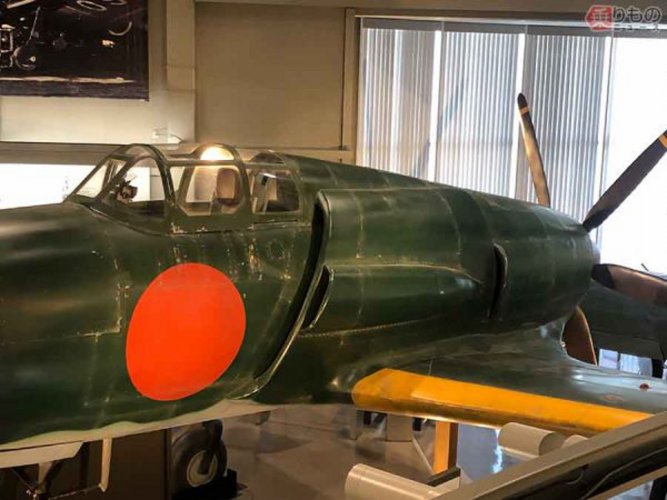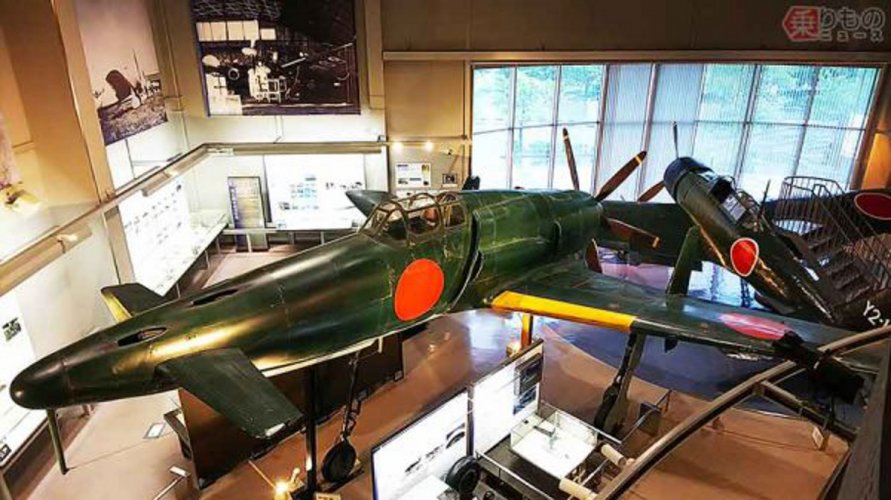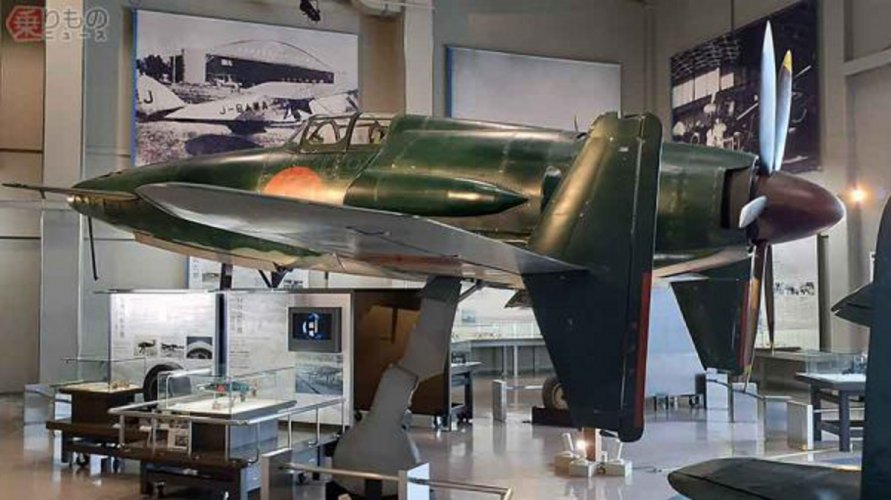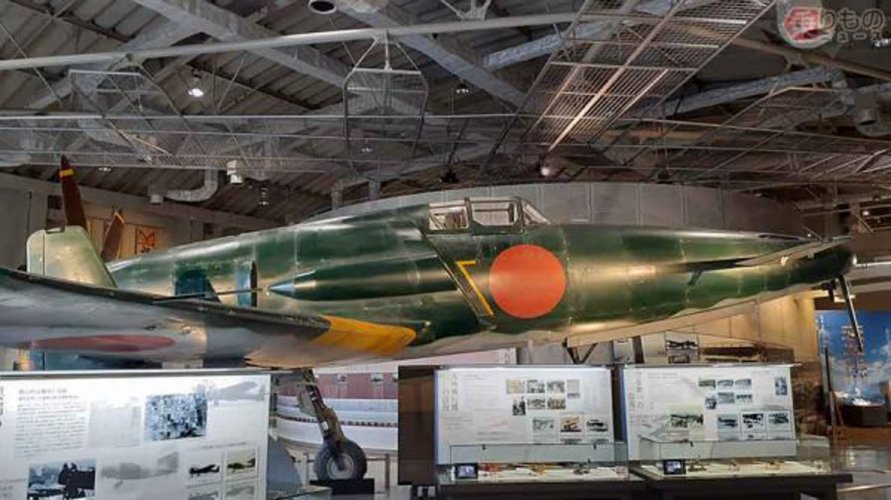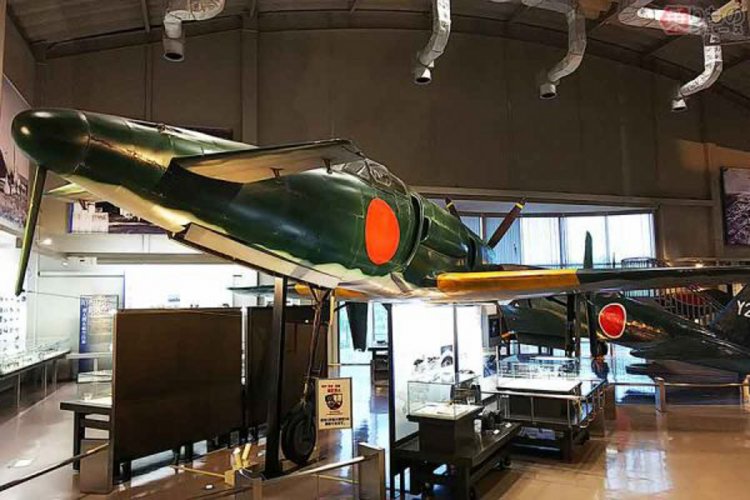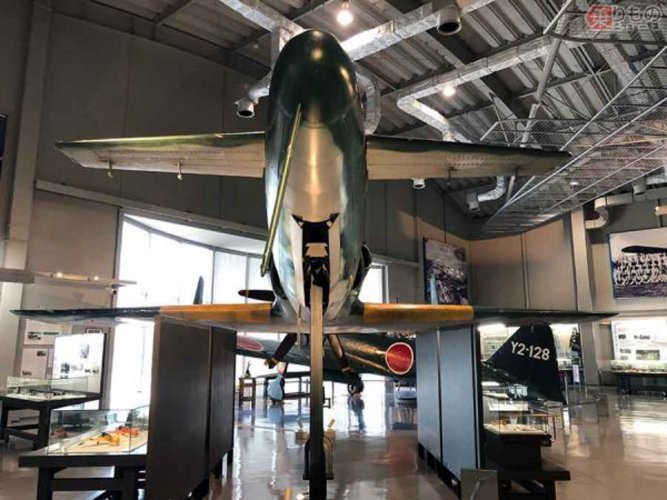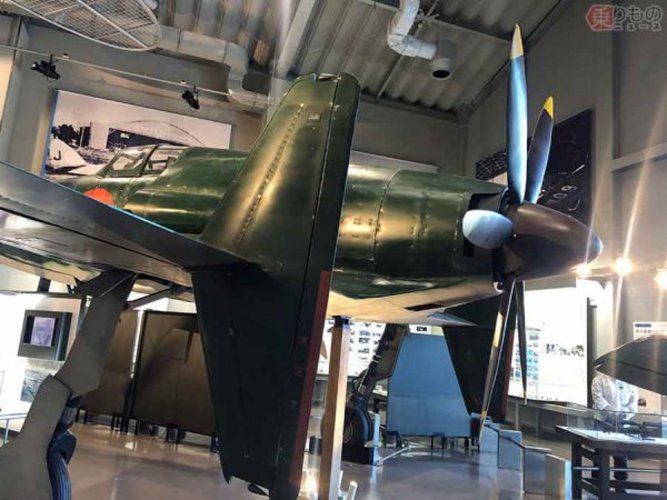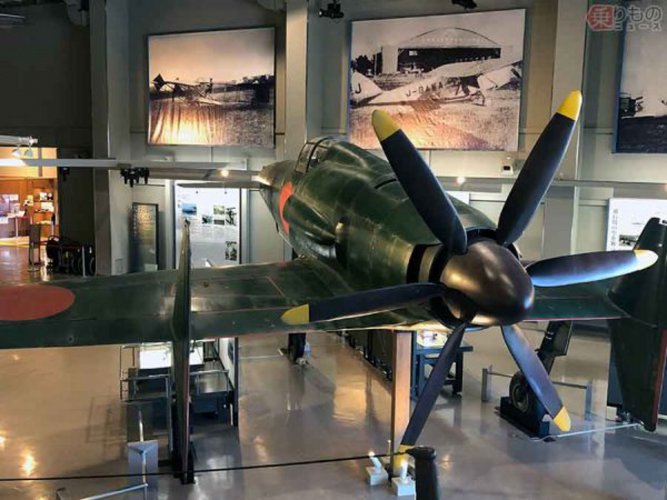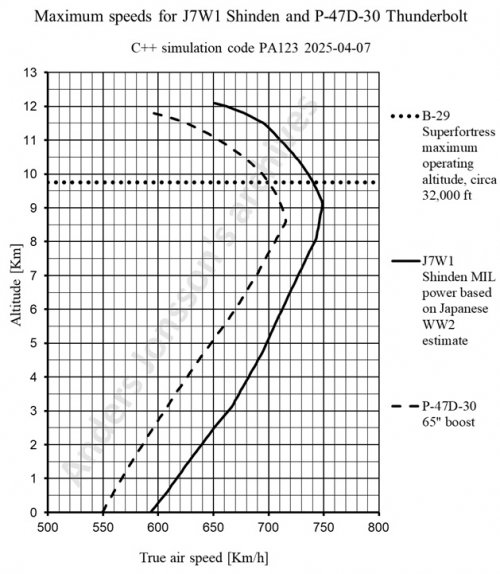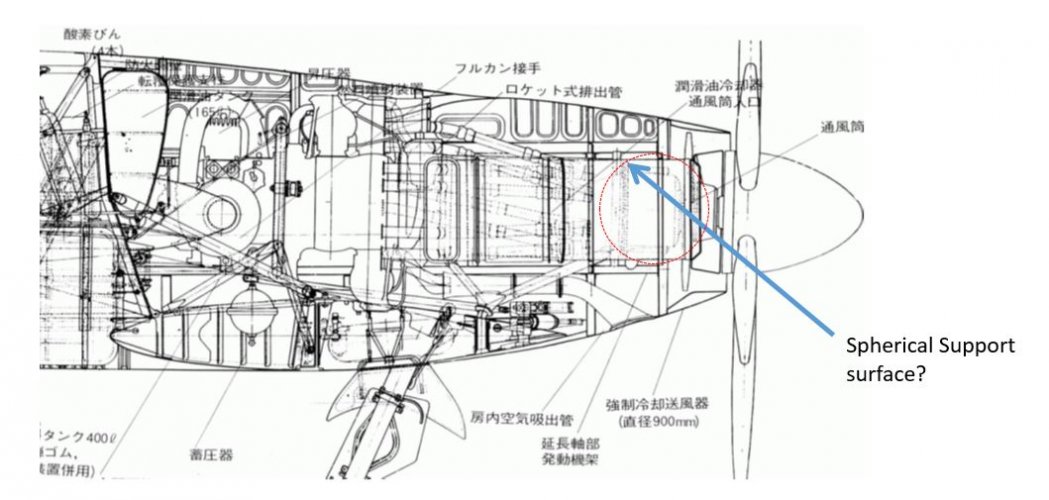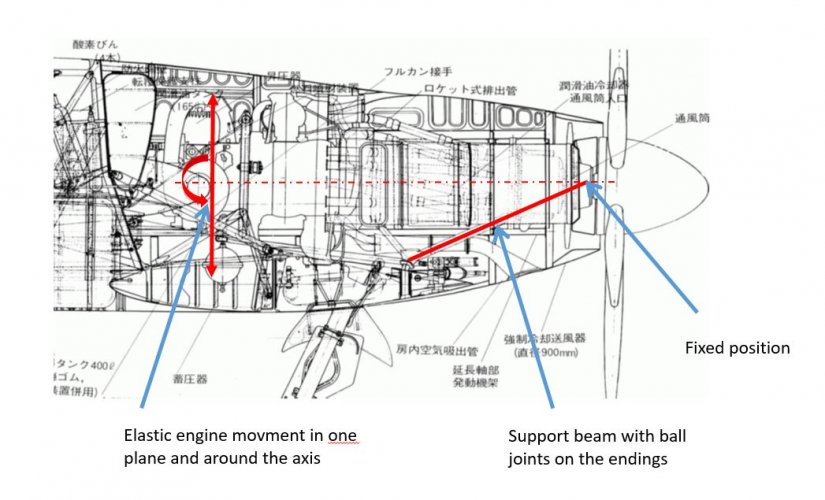Complicated aerodynamic characteristics
1.Compared to straight wings, the lift distribution of swept-back wings is larger on the outer wing side and smaller on the inner wing side. This means that the actual aerodynamic mean chord is shifted outward (rearward because it is a swept-back wing) from the aerodynamic mean chord position calculated using normal calculation methods, and the lift of the front wing is insufficient to balance it out. This coincides with the nose-down tendency confirmed in flight tests, and it is possible that the K-16 glider (straight wing), MXY6 (shallow sweep angle, insufficient horsepower to even fly horizontally on its own), and Shinden wind tunnel model (small Reynolds number) used as references for the design were unable to measure the actual situation. As a countermeasure, it was decided to change the canard's angle of attack from 1 degree to 3 degrees. However, the safe stall characteristic of a canard-based aircraft, "the canard stalls before the main wing, so the nose naturally drops and recovers from the stall", came at the expense of the fact that even though the main wing has some leeway before stalling, and potential remains in the maximum lift coefficient, this is not utilized and is cut off as soon as the canard stalls. Therefore, changing the canard's angle of attack by +2 degrees would cause the stall angle to be reached sooner, resulting in more of the main wing's potential being lost

